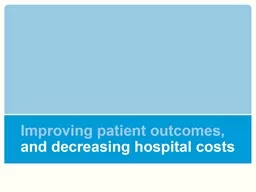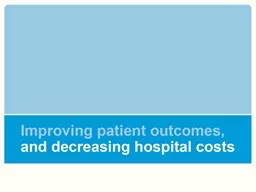PPT-Insert Presentation
Author : celsa-spraggs | Published Date : 2017-11-04
Title Here Challenging Risk Assessment in Planning an Audit PLANNING THE AUDIT FOR EFFECTIVENESS AND EFFICIENCY Annette Eustice CPA CGFM 2316278381 annetteeusticerehmanncom
Presentation Embed Code
Download Presentation
Download Presentation The PPT/PDF document "Insert Presentation" is the property of its rightful owner. Permission is granted to download and print the materials on this website for personal, non-commercial use only, and to display it on your personal computer provided you do not modify the materials and that you retain all copyright notices contained in the materials. By downloading content from our website, you accept the terms of this agreement.
Insert Presentation: Transcript
Download Rules Of Document
"Insert Presentation"The content belongs to its owner. You may download and print it for personal use, without modification, and keep all copyright notices. By downloading, you agree to these terms.
Related Documents

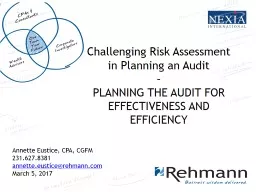
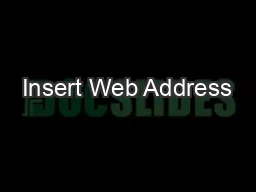

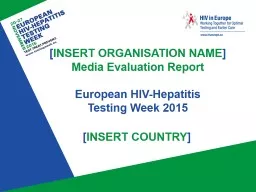



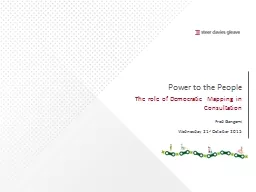


![[Insert Tagline] [Insert or Customize](https://thumbs.docslides.com/633984/insert-tagline-insert-or-customize.jpg)

